
This article is more than
2 year oldDua Lipa and Megan Fox: The surprising history of red hair
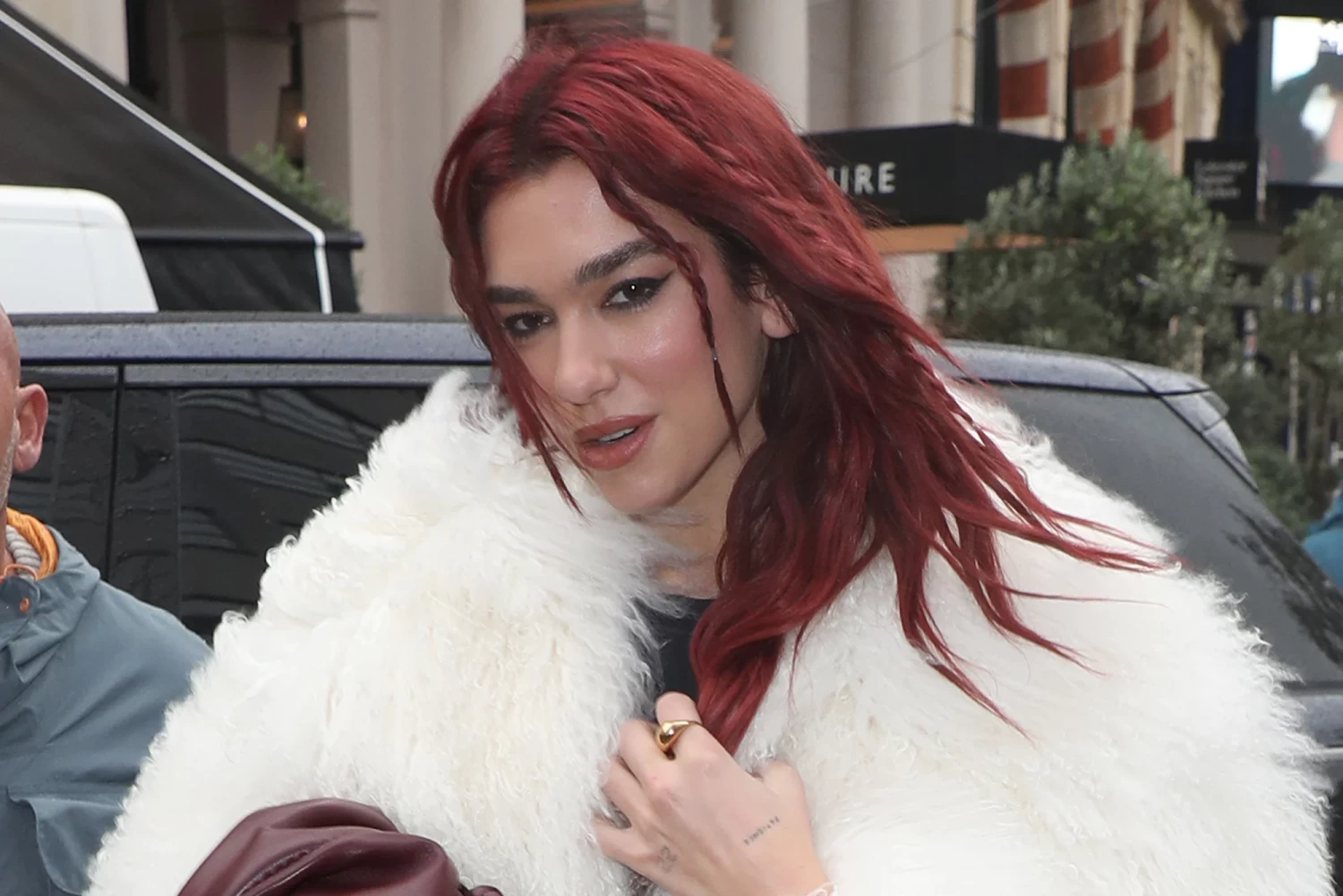
In August, Billie Eilish revived her signature hairstyle — an all-over black gloss with a striking root dye job — this time in cherry-red. A month later, Megan Fox debuted a fiery scarlet “velvet bob,” as her stylist called it. Then just as the leaves began to change, so did Dua Lipa’s locks. The popstar debuted a mahogany-red style in October — and for anyone still unsure of this season’s trendiest shade — went as far as coordinating her hair with matching clothes and accessories in burgundy and maroon.
Even Kendall Jenner, while unpacking her life in looks for Vogue magazine earlier this month, lamented her headline-grabbing copper mop of 2022. “You guys, I miss my red hair,” said Jenner, once again a brunette. “I don’t know what to do about it. I went back too soon.”
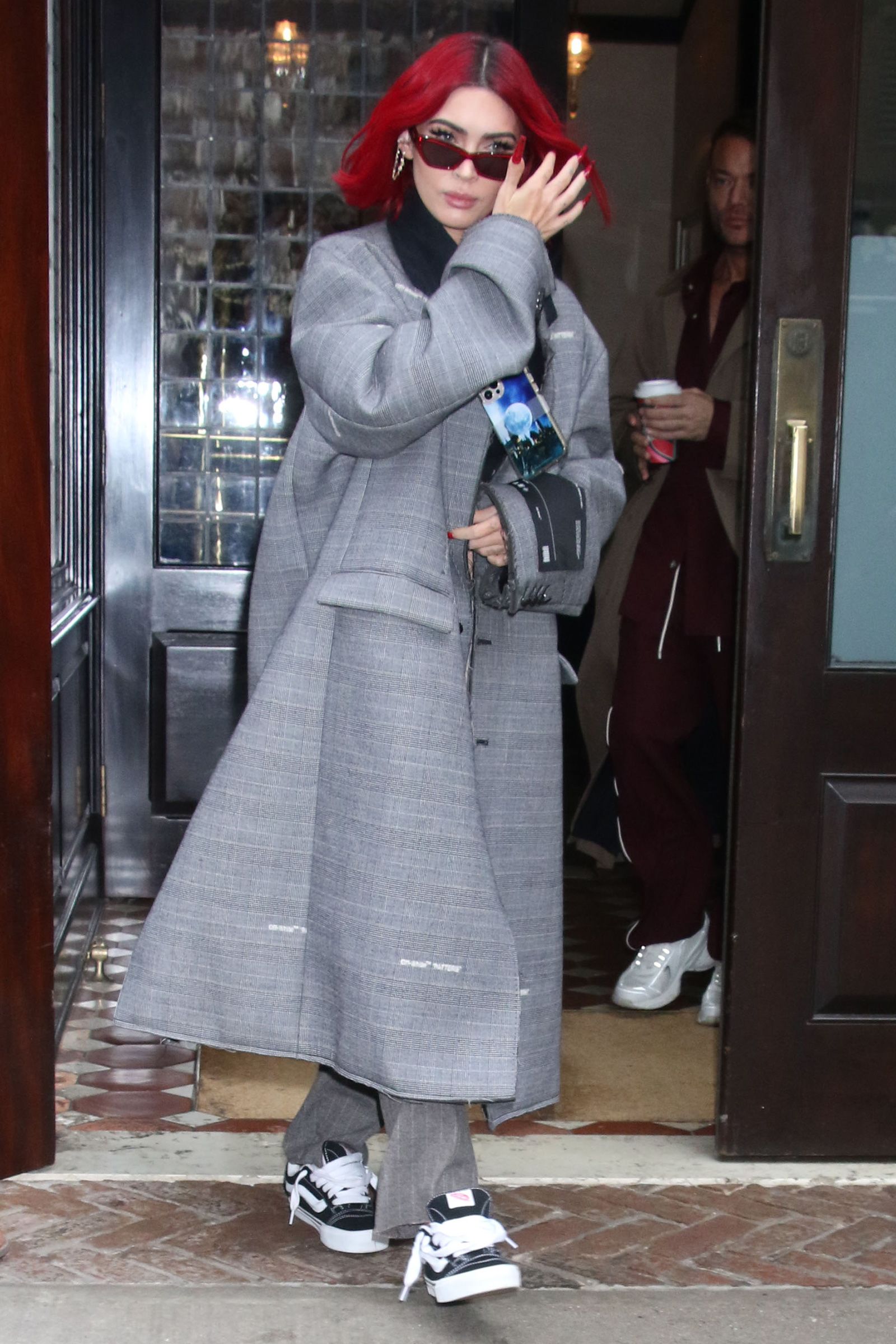
Out on the Fall-Winter 2023 runways, cherry-coke and strawberry blonde tresses have been spotted at Burberry, Rodarte, Gucci and Missoni, to name a few. In September, even more designers got the memo — from Versace and Diesel to Miu Miu and Louis Vuitton. Natural redhead model Rianne Van Rompaey walked eight of the season’s biggest shows, including opening for The Row, Paco Rabanne and closing for Chanel.
But the allure of fiery hair is far from a new-age trend. In fact, it has a surprisingly extensive history.
Less than two per cent of the world are natural redheads, though the hair color has been both feared and fetishized for hundreds of years. During the height of the witch trials in 15th century Europe, having ginger hair was considered a mark of the devil — enough evidence sometimes to be killed. In the 17th century, English academic Obadiah Walker wrote an imploring counter to the widespread culture of “vilifying” red haired men. “Each man disparageth his fellow-creature,” said Walker. “And this is often done upon such trivial grounds… The putting of disesteem upon persons, merely because of the native colour of the excrement of the head.”
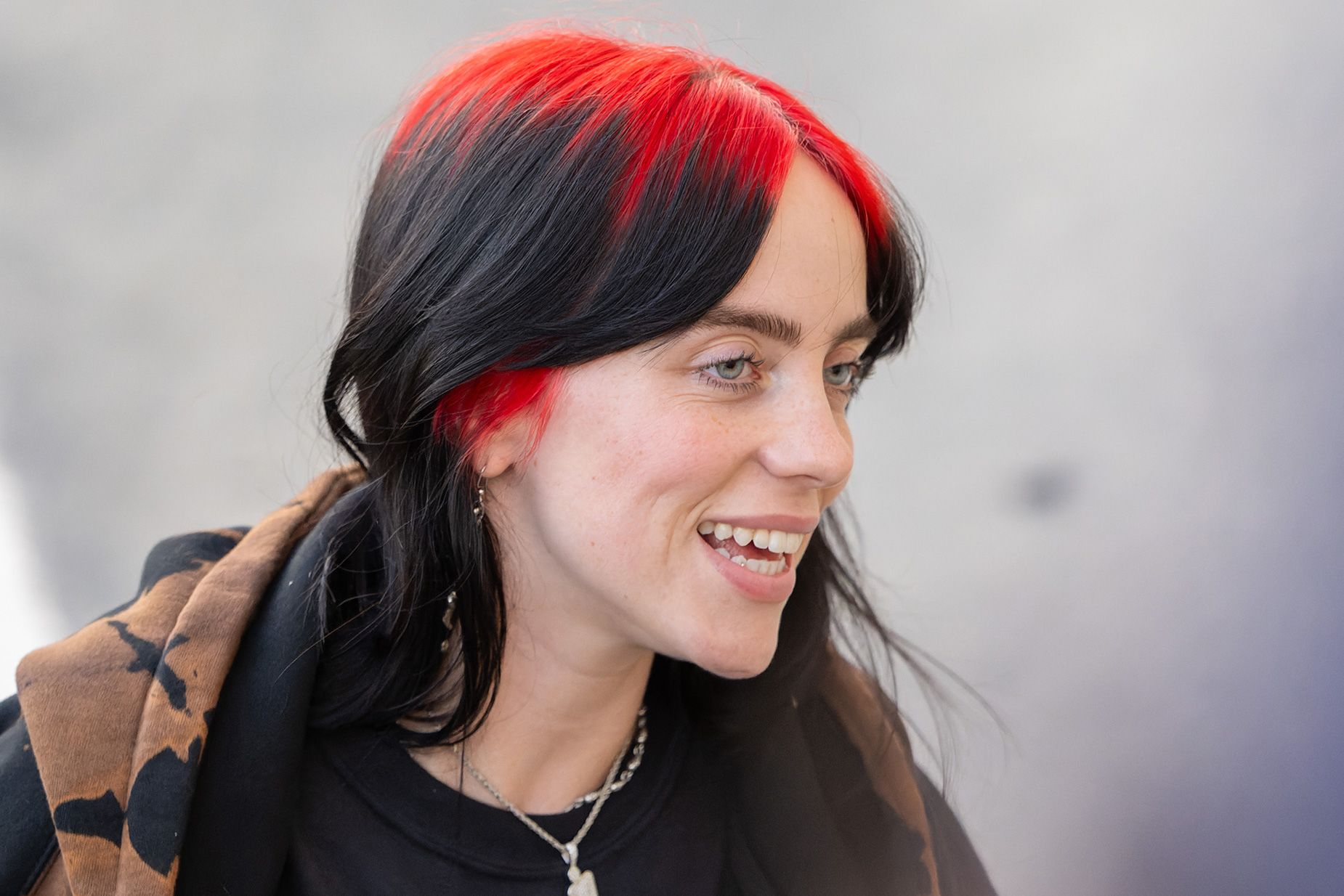
Hair historian Rachael Gibson points out the shade has always been considered Other. “Judas in the Bible is depicted as having red hair, and similarly the ancient Gauls and Scots — people who were attacking and invading (England) — tended to be red haired,” she said in a phone interview. “So from the earliest times they represented invaders.”
But to some, the singularity of red hair was a powerful rarity. During her reign in the 16th century, Queen Elizabeth I’s shock of ginger curls which were a deliberate choice, rather than a natural gift. According to author of “Red: A Natural History of the Redhead” Jacky Colliss Harvey, Elizabeth I wore wigs for most of her life and could ostensibly choose any hue there was — but she chose flaming auburn, and reportedly even dyed the coats of her horses to match. “When Elizabeth I was on the throne, red hair was fashionable,” said Gibson. “Men and women in the court dyed their hair red, to show their allegiance.”
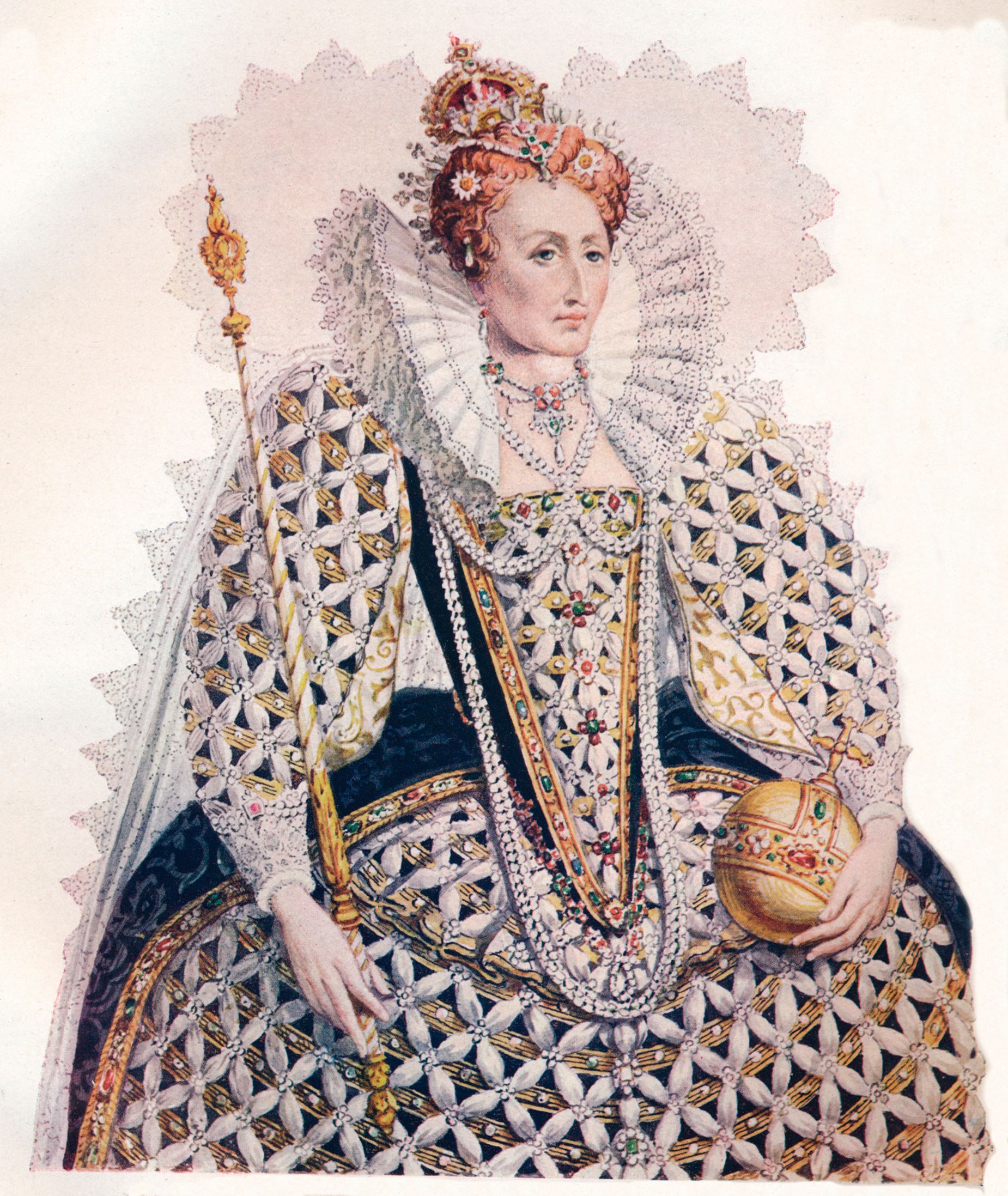
Throughout history, scarlet locks have cycled in and out of fashion. In the mid-to-late 1800s pre-Raphaelite artists such as Gabriel Rossetti almost exclusively painted ethereal, red-headed beauties; while a fashion journalist in 1923 noted the hair color had taken Paris by storm. “Hair is being dyed red when it is not naturally that colour, (sic)” read the 100-year-old fashion feature from the Guardian’s archives. “To be natural in colour, as far as Paris is concerned, is not to be seen at all.”
Again in 1988, the New York Times announced that red was “the captivating hair color of the moment,” wrote Linda Wells. “No matter how fashionable they are now, redheads will never be commonplace.”
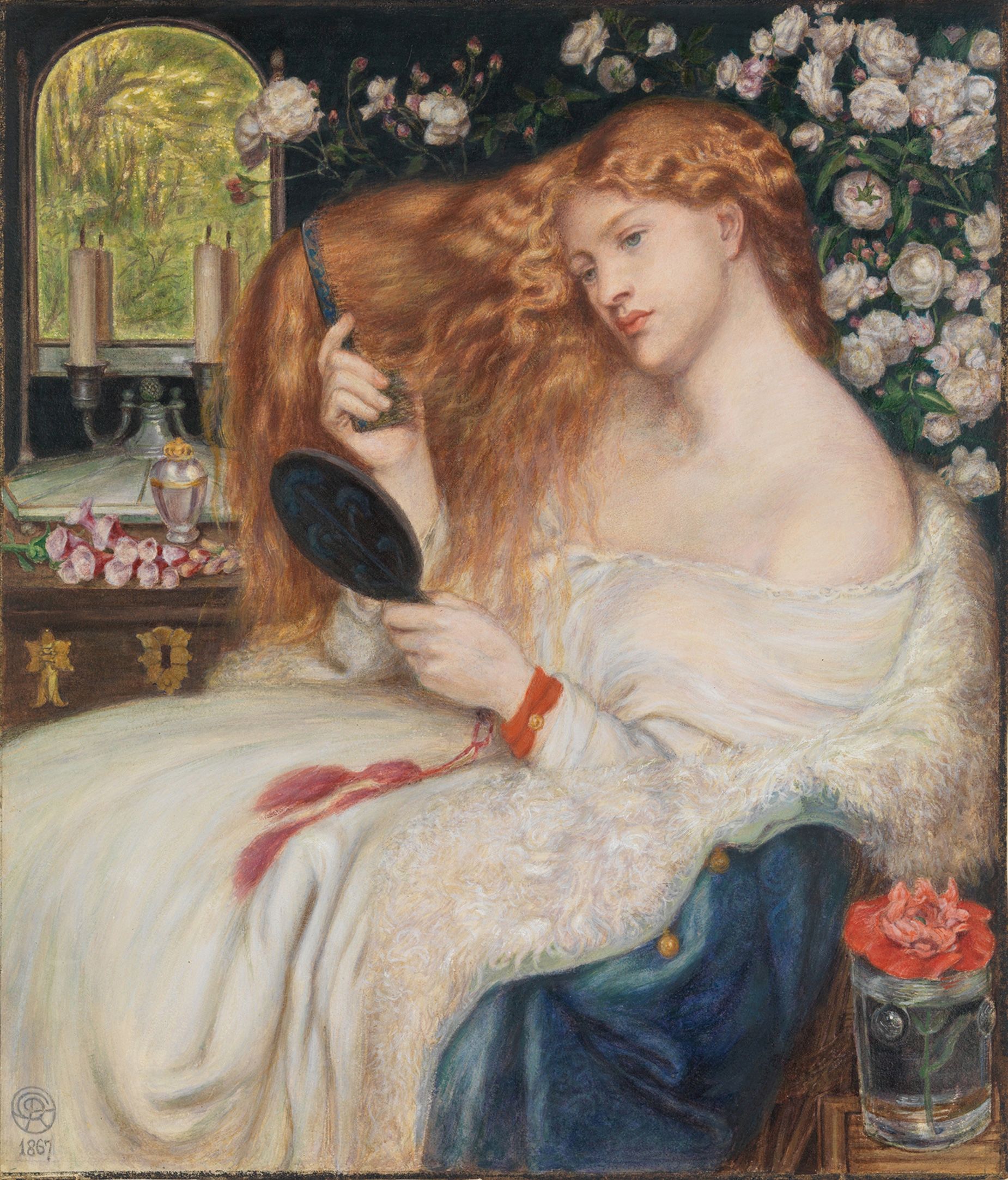
Feeling seen is still the primary motivation behind the hair color today. “People that want to try red hair for the first time want to do something exciting,” celebrity hair stylist Jenna Parry told CNN Style in an email. Parry created Kendall Jenner’s watershed “smoked paprika” shade last year, and is also behind the red hair transformations of Emily Ratajkowski and Maude Apatow. “They want to exude confidence and stand out in a crowd.”
For Chicago-based hair stylist Nicole Keenen, there’s an economic advantage for her clients, too.“It definitely has an accessibility that blonde doesn’t,” she said in a phone interview. “Especially for more melanated hair types, blonde is just very expensive to keep up.”
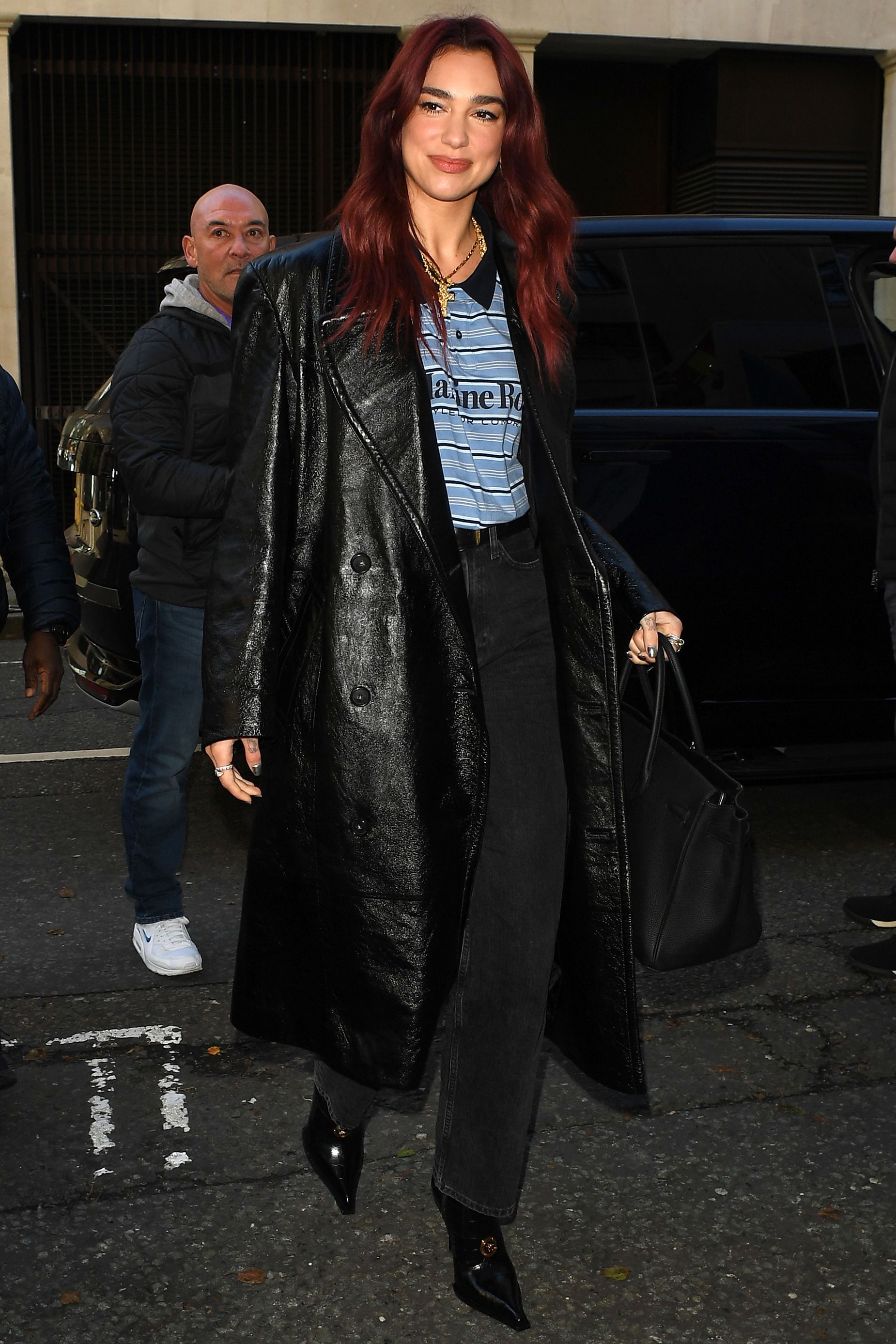
In terms of Dua Lipa and Megan Fox, could it be a coincidence that their drastic hair change was expertly timed to new projects (Fox’s debut poetry collection “Pretty Boys Are Poisonous: Poems” dropped November 7, while Lipa’s latest single “Houdini” was released November 9)? “It’s such a visual thing, we can scan (hair color) in a second. And red has this enduring appeal in terms of being eye-catching,” said Gibson. “It’s a good time to change your hair when you’ve got an album out.”




